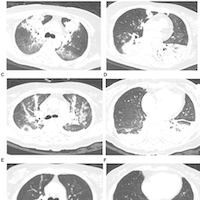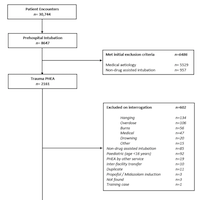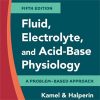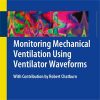Beware the Painless Pulmonary Embolism
journals.lww.com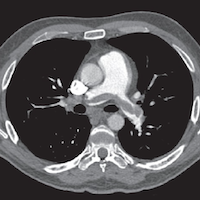
Many EPs know that myocardial infarction can be painless in about 20 percent of cases but are unaware that the same is true of pulmonary embolism.
Many conditions, in fact, that are typically quite painful are actually painless in about 10 percent of cases, including aortic dissection, pancreatitis, and ectopic pregnancy, to name a few.
The unusual thing about painless PE, however, is that what makes it more likely to be painless is not advancing age, diabetes, or a mild or atypical case but, counterintuitively, larger size and more severe presentation.
That’s correct—bigger PEs are more likely to be painless, especially when they are massive. But this actually makes sense when you consider the pathophysiology.
The phenomenon of painless PE is not something I learned in medical school nor was it taught in residency, but I do remember when I first discovered the phenomenon.
I was working in the chest pain unit during residency, and a man in his early 40s was sent in for exertional dyspnea with T-wave inversion in the anterior leads. He had no chest pain.

